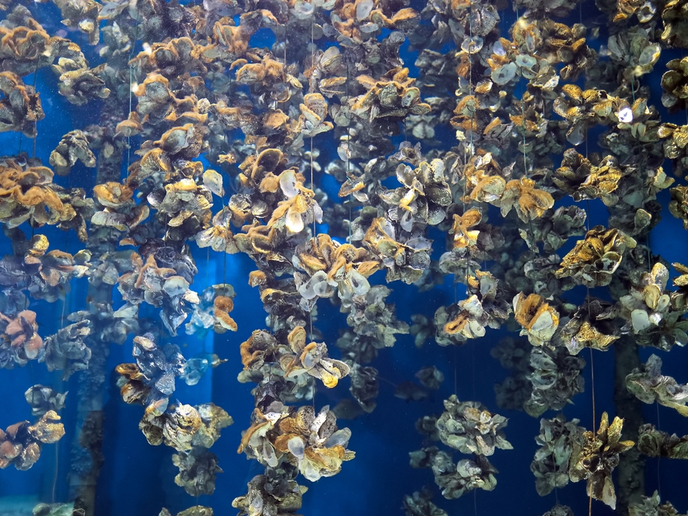Farmed fish to go vegetarian
Aquaculture across the globe relies on fishmeal as its main feedstuff. However, world production of fishmeal is not expected to increase, while its excessive use has detrimental effects on both fish and the natural environment. One answer could be the use of soybean plant protein in feeds, but this can lead to intestinal disorders, such as inflammation in carnivorous farmed fish. The FISHPROG (Breaking frontiers for the use of plant-derived feeds in fish farming through nutritional programming of fish larvae) project explored whether fish can be programmed from a very early age to accept plant protein in later life. To-date the number of studies of nutritional programming in animals other than humans and other mammals has been limited. Project partners focused on the gilt-head sea bream (Sparus aurata) a carnivorous marine species that is farmed extensively in the Mediterranean region and in Europe. Additional experiments were also conducted on the zebrafish (Danio rerio) as a model species. Researchers identified the digestive processes of S. aurata that would most likely be affected in later life by being fed soybean at an early age. Groups of fish were given soybean feedstuffs at first feeding and then raised without soy. Several indicators of digestion, nutrient absorption and intestinal health were then measured in older larvae in the absence of soy (in sea bream) and soy-refeeding at the juvenile stage (for zebrafish). Results showed that some important functional properties, presumably at the fish intestine, such as inflammation and nutrient absorption can be altered by early nutrition. Furthermore, results indicated that early feeding of fish larvae with soybean occurred together with modifications of DNA and associated regulatory proteins. This information will support future studies into the mechanisms involved in the nutritional programming of fish. FISHPROG will help pave the way towards more sustainable fish feeds and encourage future interdisciplinary collaborations in testing its findings in important fish species for European aquaculture.







